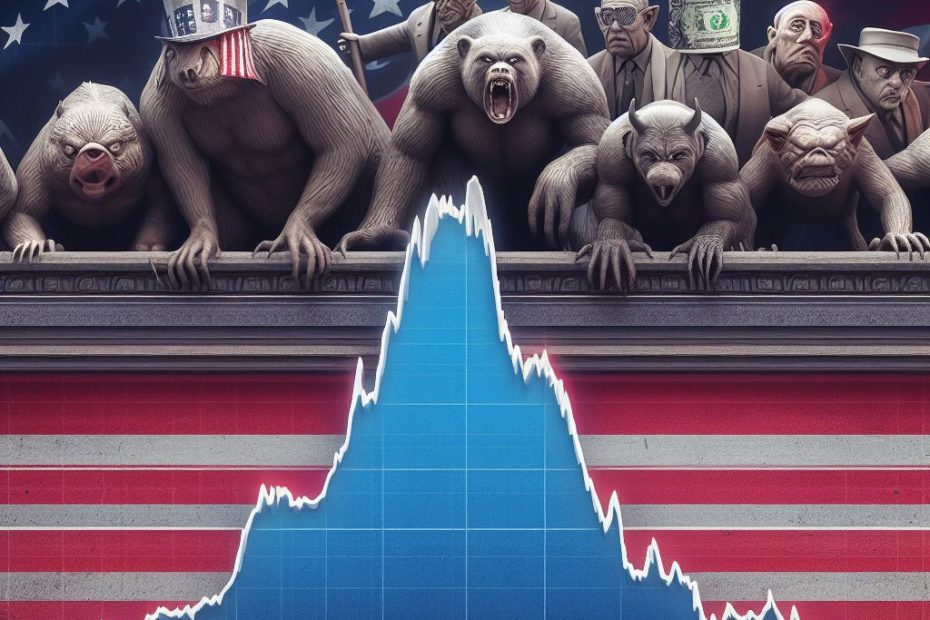The US government bond yield curve is a graphical representation of the yields on US Treasury bonds of different maturities. It is one of the most closely watched indicators of economic health, as it can provide insights into investor expectations for future interest rates and economic growth.
In a normal yield curve, longer-term bonds have higher yields than shorter-term bonds. This is because investors demand a higher premium to compensate for the additional risk and uncertainty associated with tying up their money for a longer period of time.
However, in certain economic conditions, the yield curve can invert, meaning that shorter-term bonds have higher yields than longer-term bonds. This is typically seen as a sign of a potential recession, as it indicates that investors are more pessimistic about the future economy and are demanding higher yields on shorter-term bonds in order to lock in those returns.
When interest rates rise, bond prices fall. This is because new bonds are issued with higher yields, making existing bonds with lower yields less attractive to investors. The longer the maturity of a bond, the more sensitive it is to changes in interest rates. This means that long-term bond holders are at a greater risk of losing money when interest rates rise.
Here is a scenario of how long-term bond holders can scarely lose value of their bonds:
- The US Federal Reserve (Fed) raises interest rates in an effort to combat inflation.
- As a result, the yield curve steepens, meaning that longer-term bonds have higher yields than shorter-term bonds.
- Investors sell their existing long-term bonds in order to buy new bonds with higher yields.
- This drives down the prices of existing long-term bonds, and long-term bond holders lose money.
For example, let’s say that you own a 10-year US Treasury bond with a yield of 2%. If the Fed raises interest rates by 1%, the yield on new 10-year Treasury bonds will rise to 3%. Investors will then be able to buy new 10-year Treasury bonds with a higher yield than your existing bond.
As a result, the price of your existing bond will fall. If you sell your bond before maturity, you will lose money. However, if you hold your bond until maturity, you will receive the full principal amount of your investment, plus the 2% yield.
Even if you hold your bond until maturity, you may still lose money in terms of opportunity cost. This is because you could have invested your money in a new bond with a higher yield.
Here is a tip for long-term bond holders to reduce their risk of loss:
- Consider investing in shorter-term bonds. Shorter-term bonds are less sensitive to changes in interest rates, so they are less risky than longer-term bonds.
However, it is important to note that all investments carry some degree of risk. Even shorter-term bonds can lose value if interest rates rise unexpectedly.
It is also important to note that the yield curve is just one indicator of economic health. It is important to consider other factors, such as economic growth and inflation, when making investment decisions.

